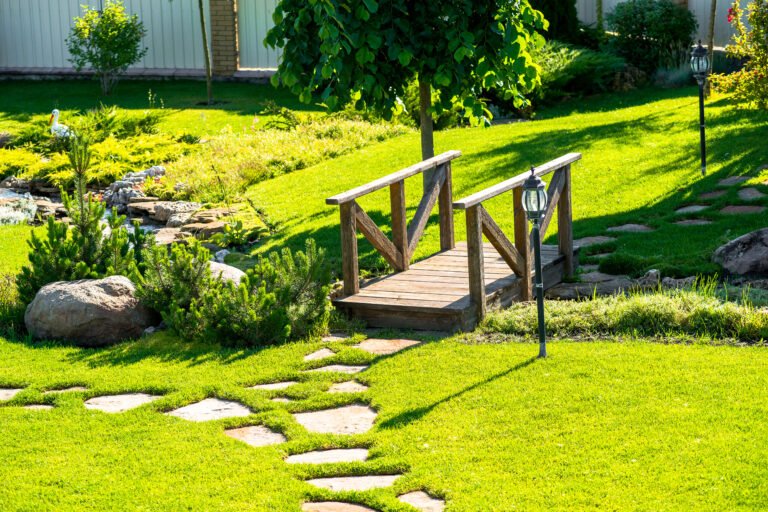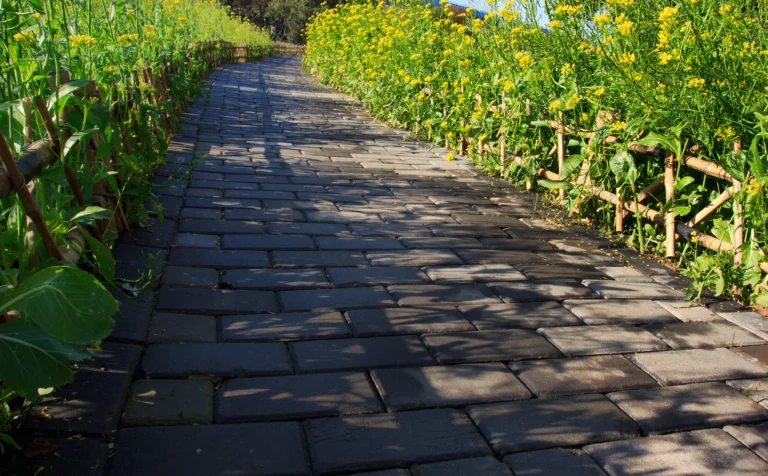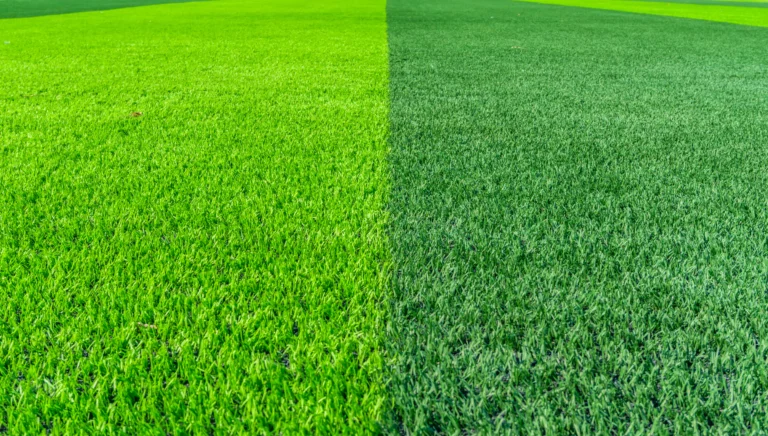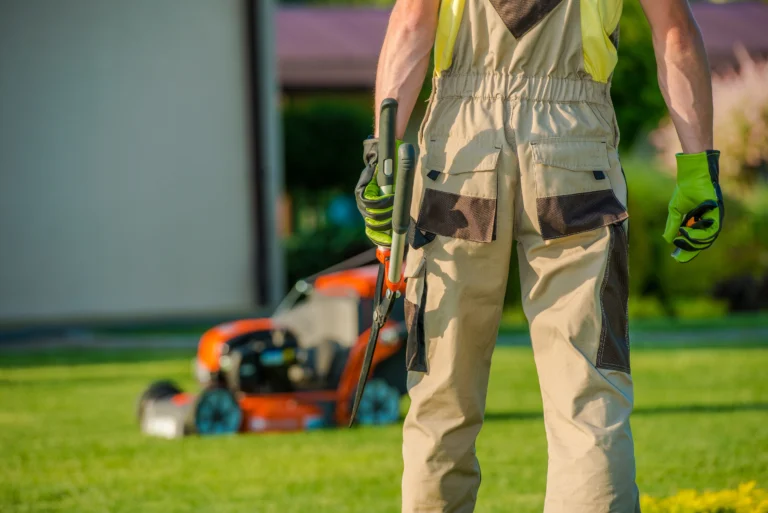DFW & Sports – A Winning Combo!

High on the list of must-haves for families relocating to the Dallas/Fort Worth Metro area is an abundance of sports opportunities….from Little League all the way to professional teams. Community involvement often centers around sports. New friends. Family memories. Personal achievements. Team camaraderie. And old-fashioned FUN!
The New Normal in Sports Fields
Lush, natural looking, safety-enhanced, and low-maintenance turf adds enrichment to sports fields of all sizes. Whether indoor or out, artificial turf is becoming another must-have for sports enthusiasts and players of any age. High school athletic fields, community parks, university stadiums, and professional arenas are making sports turf the new normal in playing surfaces.
Now, rain or shine all year long, season after season, the game can go on. No cancellations necessary. No more muddy or slippery fields, game delays, or ruined expectations. Surfaces stay intact, even, and level. No more clumps, clods, divots, or irregular terrain. No need to stop mid-game to repair sections of the field. Balls travel naturally and smoothly, minus the unpredictable bounces and bumps from flaws and imperfections. Players can more accurately judge and prepare for their next moves with speed and agility.
Safety is Key in Any Sports Program
A player’s safety throughout any activity improves by playing on a durable cushioned and supportive surface rather than hard ground. Football, soccer, tennis, or baseball teams are less vulnerable to injury and stress on joints with high-quality sports turf. Synthetic, flexible fields absorb impacts and shocks to a greater degree than grass. With artificial turf, when players pivot sharply, hit the ground, slide, dive, sprint, anticipate ball trajectory, maneuver, jump, or rotate they can be assured of solid traction, shock absorption, and favorable surface interaction.
Players improve their performance and have optimal energy returns on synthetic fields. Then there is the ability to swiftly change directions without always needing to be conscious of ruts or weeds that can cause a player to trip. Coaches love the benefits that artificial turf provides for their teams. A player’s confidence is increased knowing that the surface is dependable, consistent, and more forgiving than hard, abrasive ground.
Technology Makes it All Possible
Technological advances in manufacturing have created astounding natural looking and resilient surfaces yet without many of the challenges that come with traditional grass. There is no watering, mowing, fertilizing, replanting, or pre-game field preparation with an artificial grass field. Drainage is designed and engineered so that water penetrates and flows to the base layer through perforated holes into the soil.
Almost identical in appearance to natural grass, individual synthetic fiber blades are sturdy and durable, yet soft and smooth. Various heights, weights, and thicknesses are the result of advanced manufacturing processes. Fibers are non-toxic, reinforced for strength, and colorfast. Vibrant green hues don’t fade, and they withstand any seasonal shifts in temperature. Even with constant, heavy use year-round, sports turf can last up to 20 years. High-performing synthetic turf systems also allow for permanent painted lines and custom inlaid logos.
Beautiful is the word that comes to mind when one views modern playing fields carpeted in the latest faux grass that you’d never guess wasn’t real. It’s like luxury at the ballpark! Being there makes the experience all the more enjoyable. What a backdrop for community events and making family memories in the stands or on the field.
Advantages Go Beyond Safety and Aesthetics
Reduced water bills, less maintenance and equipment, lower labor and wages – all these emphasize some of the benefits of sports turf over natural grass surfaces. Many municipalities offer tax credits for organizations which invest in water conservation measures. In addition, it’s been estimated that artificial turf sports fields allow for three times as many training and playing hours per year than grass fields where overuse leads to safety issues. Some schools even earn extra revenue by renting out their fields during down times for other teams to practice or host games.
Safety. Improved team performance. Cost-efficiencies. All-weather usage. Authentic appearance. A long-term investment into artificial turf goes way beyond just the obvious. Coaches, athletic directors, parents, players, and spectators alike all have their favorite reasons why they prefer synthetic fields to those with traditional grass. It’s a home field advantage that enhances any sports program!






